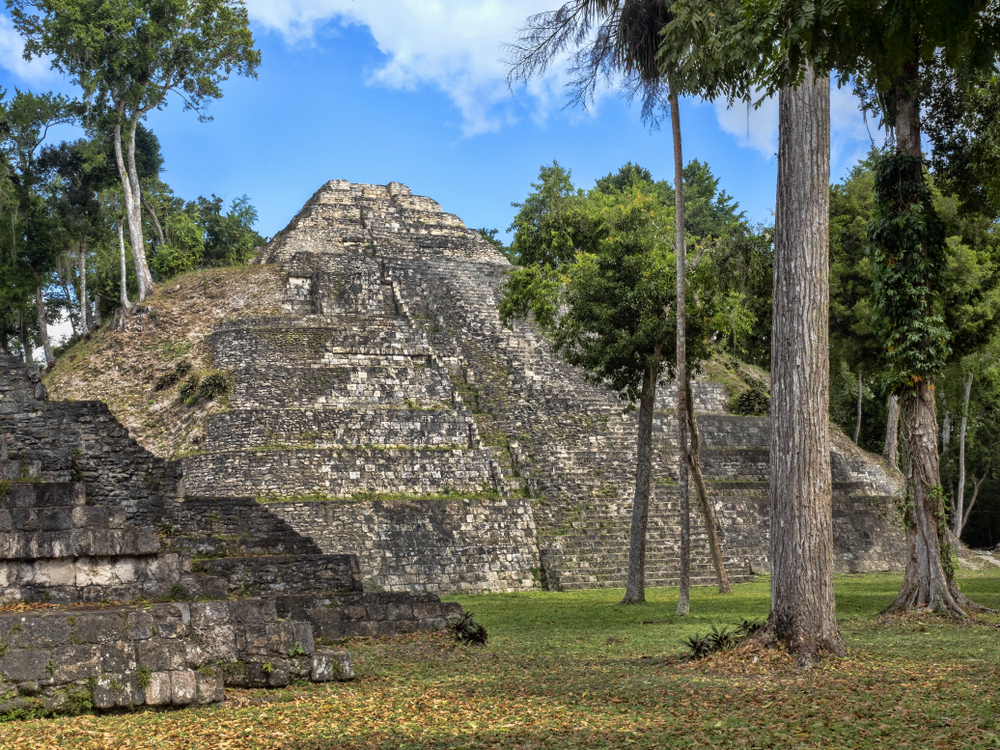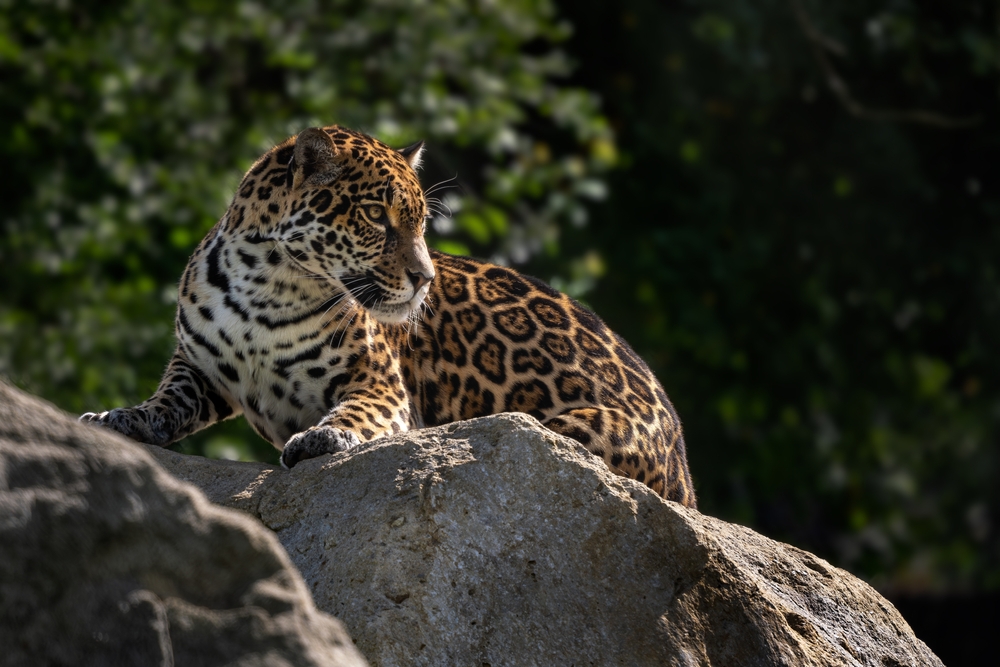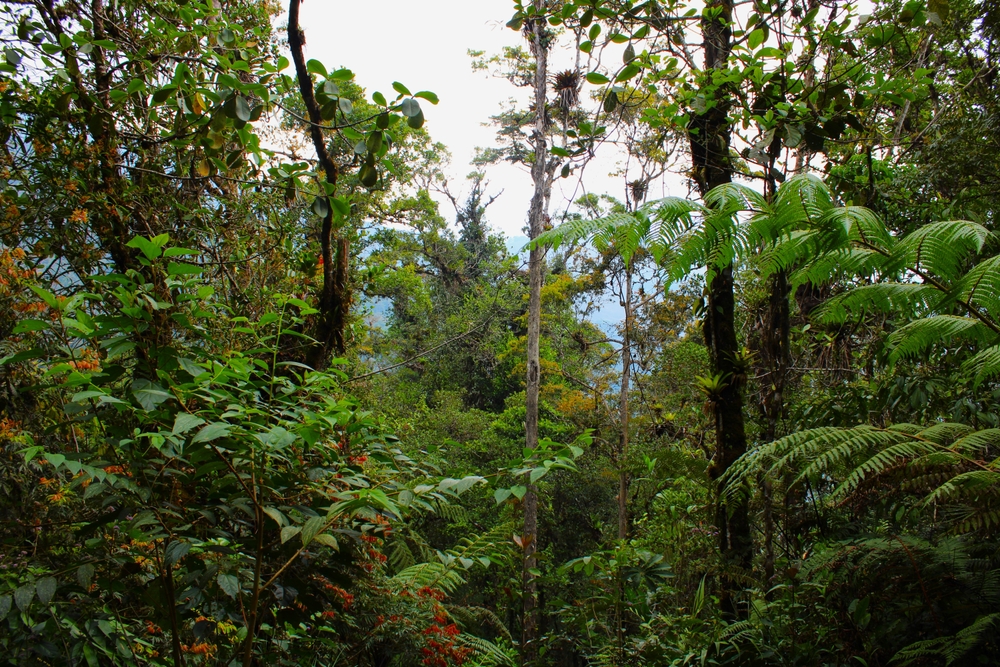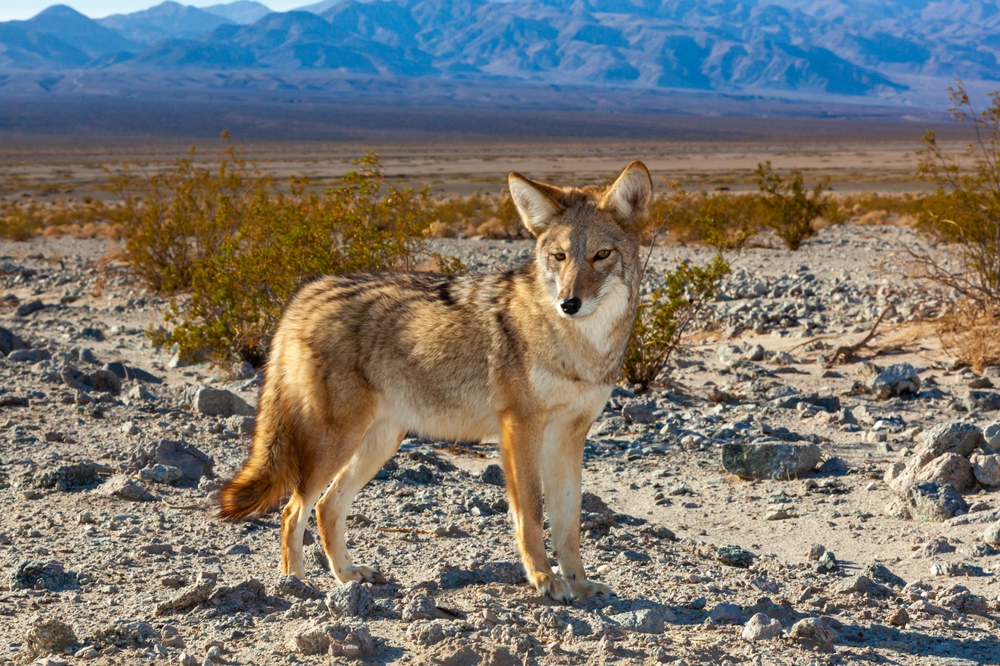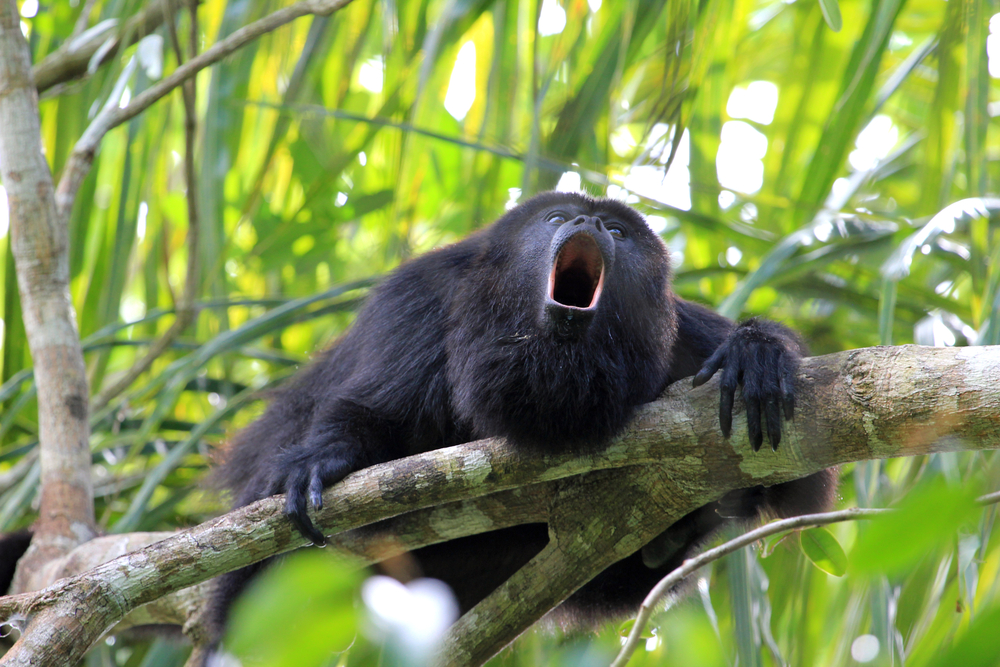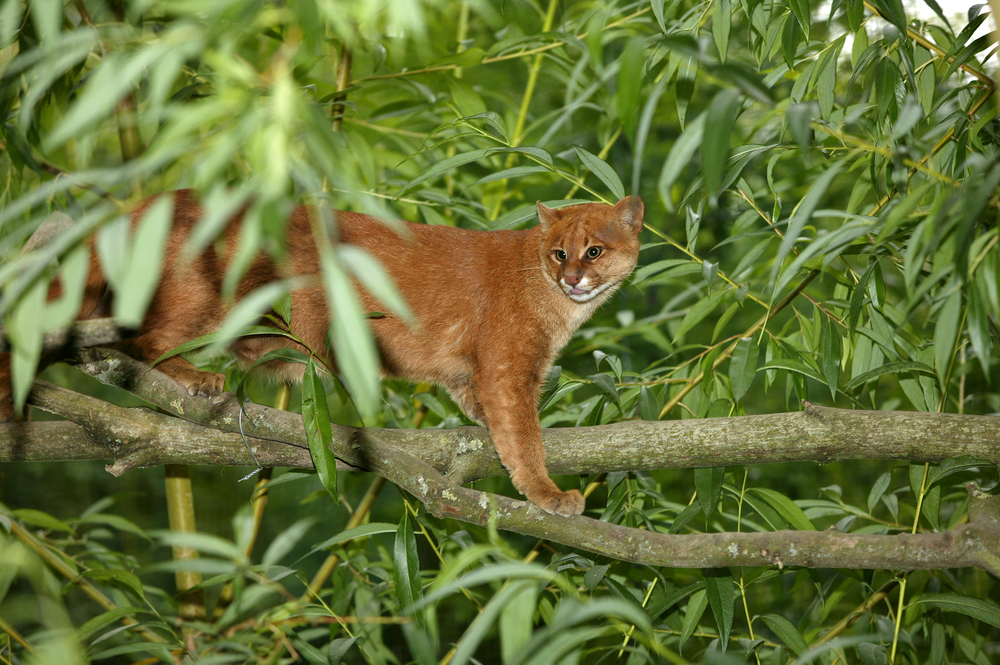Yaxha-Nakum-Naranjo Overview
Yaxha-Nakum-Naranjo National Park, located in the northern region of Guatemala within the department of Petén, covers approximately 501 square miles (1,295 square kilometers).
This extensive protected area is part of the Maya Biosphere Reserve, one of the largest tropical forests in the Americas. Named after three significant ancient Maya sites—Yaxha, Nakum, and Naranjo—the park is a remarkable blend of natural beauty and archaeological richness.
The park’s dense jungles and wetlands are interspersed with rolling hills, rivers, and lagoons, providing a stunning backdrop for visitors who wish to explore both its ecological and historical significance.
The Yaxha Lagoon, one of the largest water bodies in the region, is a striking feature of the park, offering spectacular views and opportunities for wildlife observation. The forest canopy is dominated by towering ceiba trees, the sacred tree of the Maya, along with mahogany and sapodilla trees that support a thriving ecosystem.
The park is home to an astonishing array of wildlife, making it an essential conservation area for many endangered species. Mammals such as jaguars, pumas, ocelots, and howler and spider monkeys roam the dense forest, while Baird’s tapirs and white-tailed deer can occasionally be spotted in more open areas.
The birdlife in the park is particularly impressive, with over 400 species recorded, including the keel-billed toucan, the scarlet macaw, and the ornate hawk-eagle. The wetlands and lagoons attract a variety of aquatic birds such as herons, egrets, and kingfishers. The presence of crocodiles in the waterways and an abundance of reptiles, including iguanas and snakes, further enrich the park’s biodiversity.
One of the most captivating features of Yaxha-Nakum-Naranjo National Park is its collection of ancient Maya ruins. Yaxha, the most visited of the three sites, was once a thriving Maya city, with well-preserved temples, plazas, and ceremonial causeways. The Temple 216 pyramid, which overlooks the Yaxha Lagoon, offers breathtaking panoramic views of the surrounding jungle.
Nakum, a less frequently visited site, contains intricate architectural structures with stucco facades, while Naranjo, a former political and cultural hub of the Maya civilization, boasts remarkable carvings and stelae depicting historical events. The opportunity to explore these archaeological wonders amid the dense jungle creates an unforgettable experience, blending history and nature in a unique way.
Visitors can engage with the park through a variety of activities, including guided hikes along well-maintained trails that lead to archaeological sites and scenic viewpoints. Boat tours on Yaxha Lagoon offer a tranquil way to observe wildlife and experience stunning sunsets over the water.
Birdwatching excursions are popular, particularly in the early morning when the forest comes alive with calls from tropical species. Adventure seekers can explore the jungle canopy via suspension bridges or take night tours to witness nocturnal wildlife.
Camping near the archaeological sites provides a more immersive experience, allowing visitors to hear the echoes of the ancient world under a star-filled sky.
Yaxha-Nakum-Naranjo National Park faces conservation challenges, particularly from illegal logging, poaching, and encroaching human settlements. However, successful conservation efforts, including ranger patrols, archaeological restoration projects, and ecotourism initiatives, have helped preserve both the natural and cultural heritage of the park.
By promoting sustainable tourism and strengthening protection measures, Guatemala continues to safeguard this extraordinary region for future generations to explore and appreciate.








































































